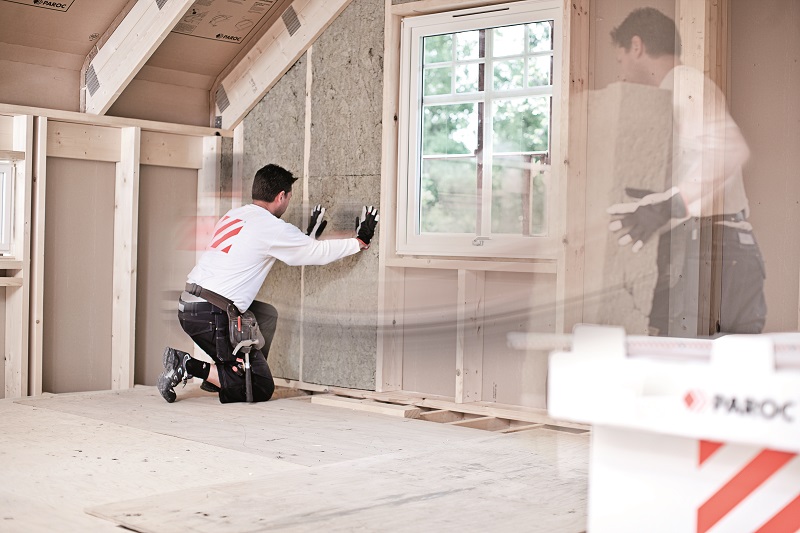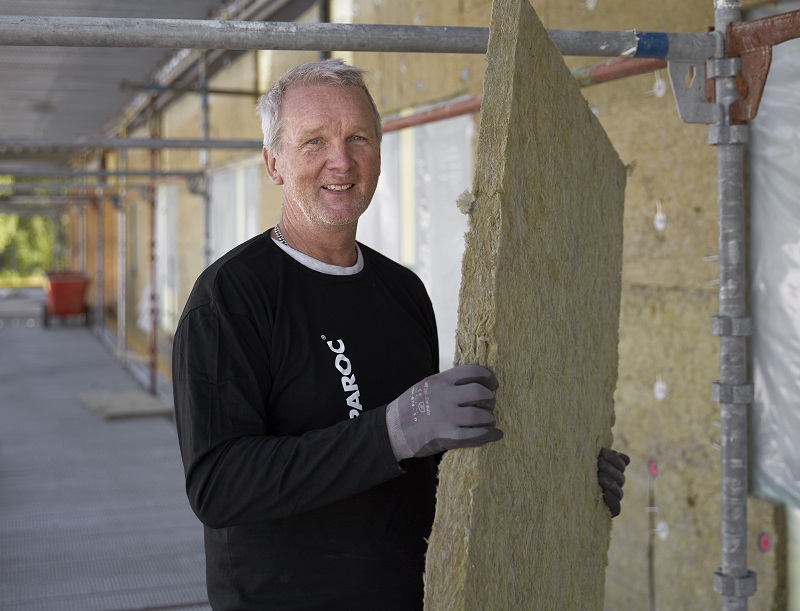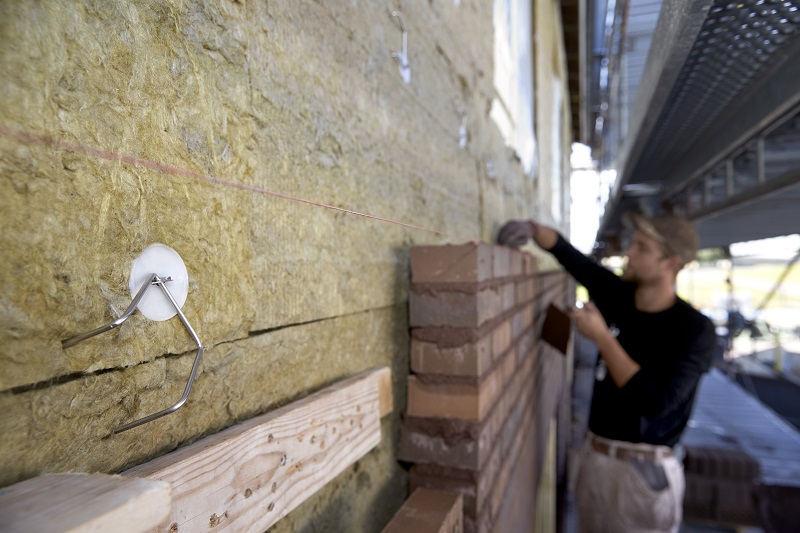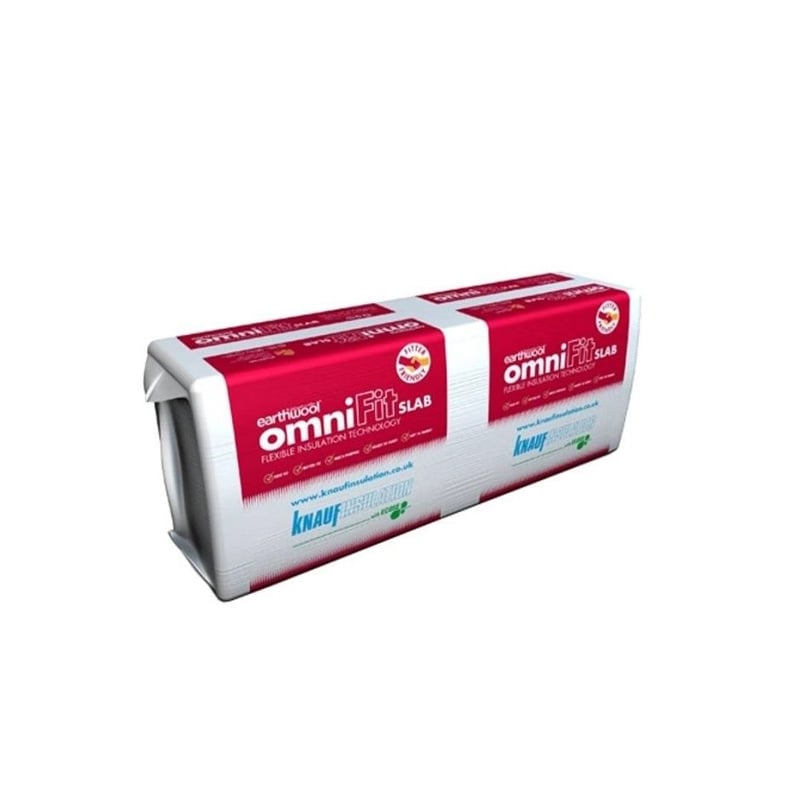
When it comes to reliable, safe and extremely durable thermal insulation, mineral wool has no equal and for many years has not been knocked off the podium of the most popular building materials. This is because it combines excellent thermal, acoustic and fire protection parameters, and on top of that its properties remain unchanged despite the passage of years. However, a discerning investor will notice that there are two varieties of it on the market. What is the difference between stone wool and glass wool, and which will be a better choice?
In examining the essence of the matter, it is necessary to start at the very beginning – and literally, since the fundamental differences between the two groups of products stem from the way they are manufactured. At the heart of stone wool, as the name suggests, are rock components, such as basalt, gabbro and dolomite, as well as recycled mineral briquette. As for glass wool, the hint also lies in the product itself – this variety is made from quartz sand and glass cullet. The raw materials are melted at a high temperature and pulped, after which, with the help of a binder, concrete products are formed from them: slabs and mats (in the case of stone wool, also loose shreds called granules). Stone wool needs less binder, while glass wool, because the fibers are parallel to the surface, requires more binder. The percentage of binder in the final product has a direct bearing on the performance of both materials.
A few words about the properties of wool
Thermal insulation and fire resistance
When thermal comfort is taken into account, both materials fare really well, with a slight indication in favor of glass wool. Comparing wools of the same density, the glass variant boasts a slightly lower thermal conductivity. The λ coefficients for glass wool reach the order of 0.030 W/mK, while for the most energy-efficient stone wool – 0.033 W/mK. This is all thanks to the greater amount of binder that was used at the production stage. However, going further in the consideration, pleasant warmth can turn into a burning trouble, because the more binder, the lower the resistance to high temperatures. Of course, both solutions are non-flammable products (fire reaction class from A1 to A2-s1, d0), but stone wool makes up for lost points here – it copes well when the mercury column reaches up to 1000°C, while glass wool can withstand temperatures up to 600-700°C.
Moisture resistance and mechanical strength
Moisture is one of the biggest enemies of a healthy building – it works silently, and the effects may not even be visible for many years. Since water conducts heat very well, soggy insulation – regardless of its type – is worse at protecting a building from energy loss. To prevent this, both types of wool are soaked in special substances that protect the material from absorbing water, but the higher density of stone wool puts it ahead in the race to be the most reliable. Glass wool, even after drying, will lose its original parameters to a considerable extent. Stone wool, on the other hand, will return to its former shape, and its parameters will remain at a consistently high level.
In the case of mechanical strength, we can point to a tie, because the competitors are in different competitions. Due to its higher density and greater stability, stone wool is an excellent solution for flat roofs, as well as for floor and ceiling insulation. Glass wool is lighter and more flexible – it is worth using where you want lightweight and soundproofing, such as in a partition wall.

Glass or stone – that is the question!
It is said that less is better – but in choosing a building’s thermal insulation, it is worth having a whole range of options and adapting the solution to the structural requirements, external conditions and the purpose of the building.
How does it work in practice? When insulating a pitched roof, reinforced with full boarding, and covered with heavy materials, it is worth betting on glass wool, thus avoiding additional load on the structure. If, on the other hand, the project assumes sheet metal sheathing, stone wool may prove to be a better solution, which, due to its higher density, will more effectively dampen noise, for example, from rain or hail.
Mineral wool is a material in the category of those that provide peace of mind for years to come. It stands for warmth, silence and safety, helps to erect energy-efficient buildings, and on top of that has a significant impact on lowering utility bills. EKOnomic and EKOlogic at the same time – whether you bet on the rock or glass variant!
Dorota Orzęcka
Owens Corning PAROC Polska
paroc.pl



